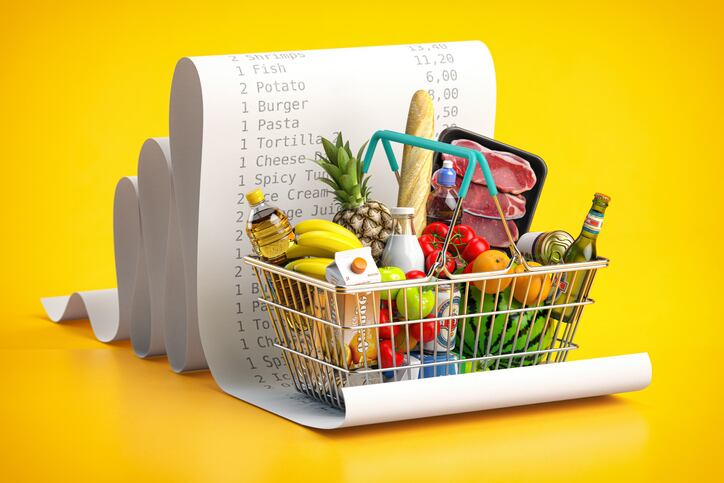Likewise, prices for key staples, including eggs, cereals, meat and dairy also declined in May, which FMI – The Food Industry Association characterized as “heartening.”
According to the Consumer Price Index updated June 13, the price for food consumed at home in May inched up 0.1% from April after dropping 0.2% in April from March and 0.3% in March from February. The decline followed a month-over-month slowdown that began in late 2022.
In November, the price of food consumed at home increased 0.6%, followed by a 0.5% increase in December, a 0.4% increase in January and a 0.3% increase in February over the previous month.
Inflation for food consumed at home for the full year ending May 2023 was up 5.8%, which while nothing to sneeze at is a far cry from the 11.2% year-over-year increase reported last September.
‘Grocery prices continue to level off’
While prices still remain far higher than pre-pandemic, when a combination of supply chain struggles and labor challenges drove up costs higher than most companies could absorb, FMI’s vice president of tax, trade, sustainability and policy development Andy Harig said he was encouraged by the overall trend.
“The May CPI report reveals grocery prices continue to level off, with food price inflation relatively flat since February and significantly lower than the July 2022 peak. Particularly heartening is the number of items in the grocery store aisles with declining prices,” he said.
Among those fell are the index for meats, poultry, fish and eggs, which dropped 1.2% in May, lead primarily by a 13.8% decline in the price of eggs, according the Labor Department.
The dairy and related products index also fell 1.1% in the month and the cereals and bakery products index was unchanged, the Bureau of Labor Statistics reported.
While the month-over-month price drop for eggs was by far the most noticeable, other categories also saw notable drops, including processed fish and seafood, which fell 2%, pork roasts, steaks and ribs, which fell 2.5% and peanut butter which dropped 0.9%.
Some prices continue to climb as challenges linger
Categories with notable increases, include frozen noncarbonated juices and drinks, which is up 7.4%, frozen fruits and vegetables, which are up 1.4% and litany of other products and increased 1% or less, according to the Labor Department.
Given these fluctuations, many consumers remain concerned about prices at the grocery, acknowledged Harig. And, he added, many “grocers still face headwinds in terms of labor shortages and transportation challenges, and we anticipate that prices will likely remain above pre-pandemic levels for much of the year.”
Nonetheless, he said, inflation is “heading in the right direction,” and FMI remains “optimistic that food inflation will continue to moderate throughout 2023.”

